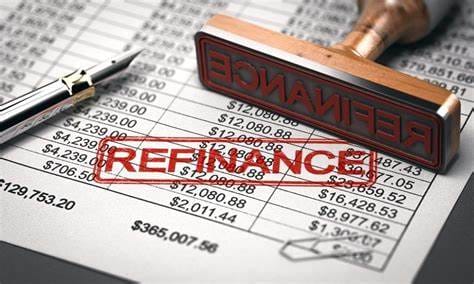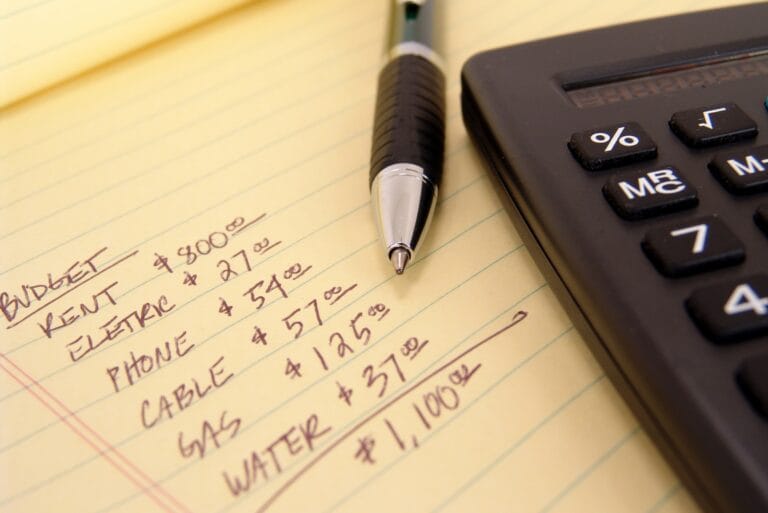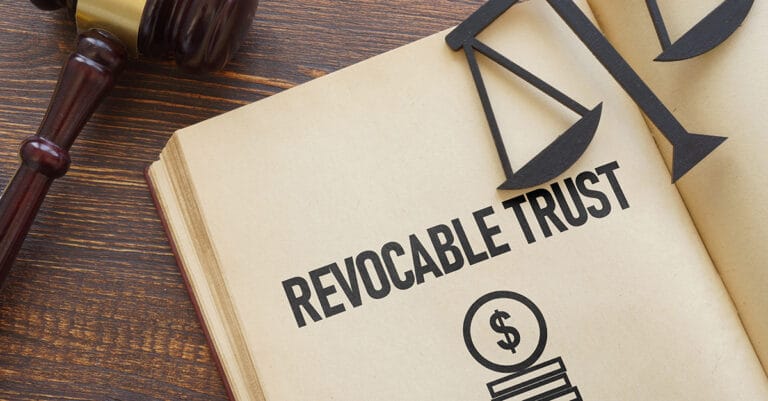What Is Mortgage Refinancing?
Refinancing a home mortgage means replacing your existing mortgage with a new one—usually to get better loan terms. Homeowners refinance for various reasons: to lower their monthly payment, reduce interest costs, access home equity, or switch loan types.
When done at the right time, refinancing can help you save money, pay off your loan faster, or meet changing financial goals.
Why Refinance Your Mortgage?
There are several common reasons to refinance your home loan:
1. Lower Your Interest Rate
If mortgage rates have dropped since you took out your loan, refinancing can lower your interest rate—reducing your monthly payment and saving thousands over the life of the loan.
2. Shorten Your Loan Term
Refinancing from a 30-year mortgage to a 15- or 20-year loan lets you pay off your home faster and build equity more quickly, often with a lower interest rate.
3. Switch From Adjustable to Fixed Rate
Many borrowers refinance to move from an adjustable-rate mortgage (ARM) to a fixed-rate loan, which offers more payment stability—especially if rates are expected to rise.
4. Tap Into Home Equity (Cash-Out Refinance)
With a cash-out refinance, you borrow more than what you owe and take the difference in cash. This can be useful for funding home renovations, consolidating debt, or covering major expenses.
5. Remove Private Mortgage Insurance (PMI)
If your home has increased in value and you now have 20% equity, refinancing may allow you to eliminate PMI, reducing your monthly costs.
How to Refinance a Mortgage: Step-by-Step
The mortgage refinance process is similar to buying a home, but usually faster and simpler:
1. Evaluate Your Financial Goals
Decide what you want to achieve—lower payments, faster payoff, cash out, etc. Use online refinance calculators to estimate potential savings.
2. Check Your Credit Score
A higher credit score qualifies you for better refinance rates. Aim for a score of 620 or higher (though some lenders have more flexible requirements).
3. Compare Mortgage Refinance Rates
Shop around and get quotes from at least 3-5 lenders. Even a 0.25% rate difference can mean big savings over time.
4. Gather Documentation
You’ll need to provide:
- Recent pay stubs
- Tax returns
- Bank statements
- Proof of homeowner’s insurance
- Information about your current mortgage
5. Apply for the Refinance
Once you choose a lender, you’ll fill out a refinance application. The lender will review your financials, order a home appraisal, and begin underwriting.
6. Close on the New Loan
You’ll sign the final documents and pay any closing costs, which typically range from 2% to 5% of the loan amount. After closing, your old mortgage is paid off and replaced with the new one.
When Is the Best Time to Refinance?
Refinancing makes the most sense when:
- Interest rates have dropped at least 0.5% to 1% below your current rate
- Your credit score has improved significantly
- You plan to stay in the home long enough to break even on closing costs
- You want to switch from an ARM to a fixed rate before rates increase
- You need cash and have enough home equity built up
Use a break-even calculator to figure out how long it will take for your monthly savings to cover the refinancing costs.
Pros and Cons of Refinancing a Home Mortgage
| Pros | Cons |
|---|---|
| Lower interest rates | Closing costs can be expensive |
| Reduce monthly payments | Longer loan terms may increase total interest |
| Switch loan types | May require a home appraisal |
| Access home equity | Can reset your loan term |
FAQs About Refinancing
Q: Does refinancing hurt your credit score?
A: It can cause a temporary dip due to the credit inquiry, but the long-term impact is minimal—especially if you improve your financial standing.
Q: How long does refinancing take?
A: On average, 30 to 45 days, though it may be faster with digital lenders.
Q: Can I refinance with bad credit?
A: Yes, though options are more limited. Consider FHA Streamline Refinance or VA Interest Rate Reduction Refinance Loan (IRRRL) if eligible.
Final Thoughts on Refinancing
Refinancing a home mortgage can be a smart financial move when done for the right reasons. Whether you’re looking to lower your payments, tap into equity, or lock in a better rate, it’s important to compare lenders, understand your goals, and calculate your break-even point.
With the right strategy, refinancing can save you money, reduce financial stress, and help you build wealth over time.







